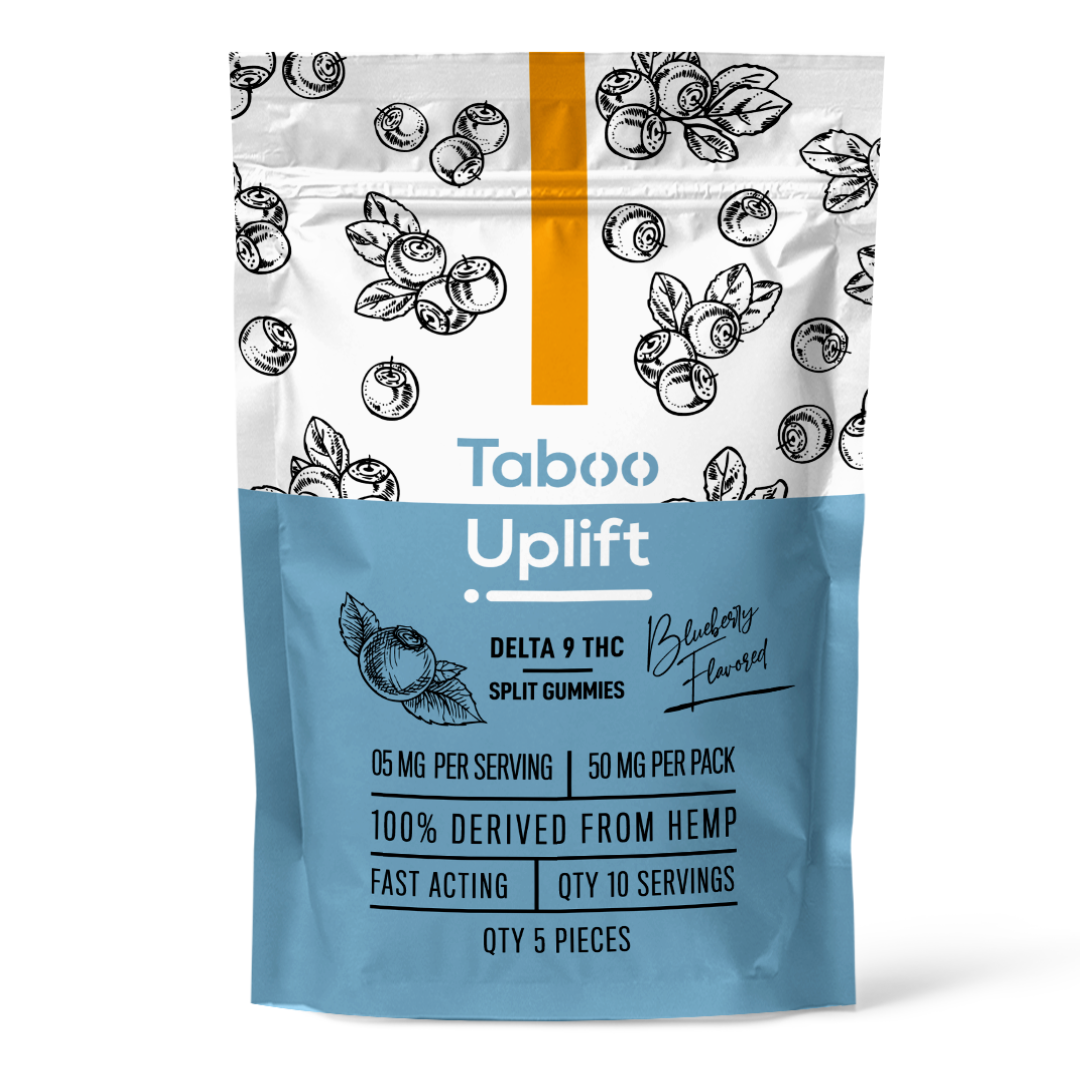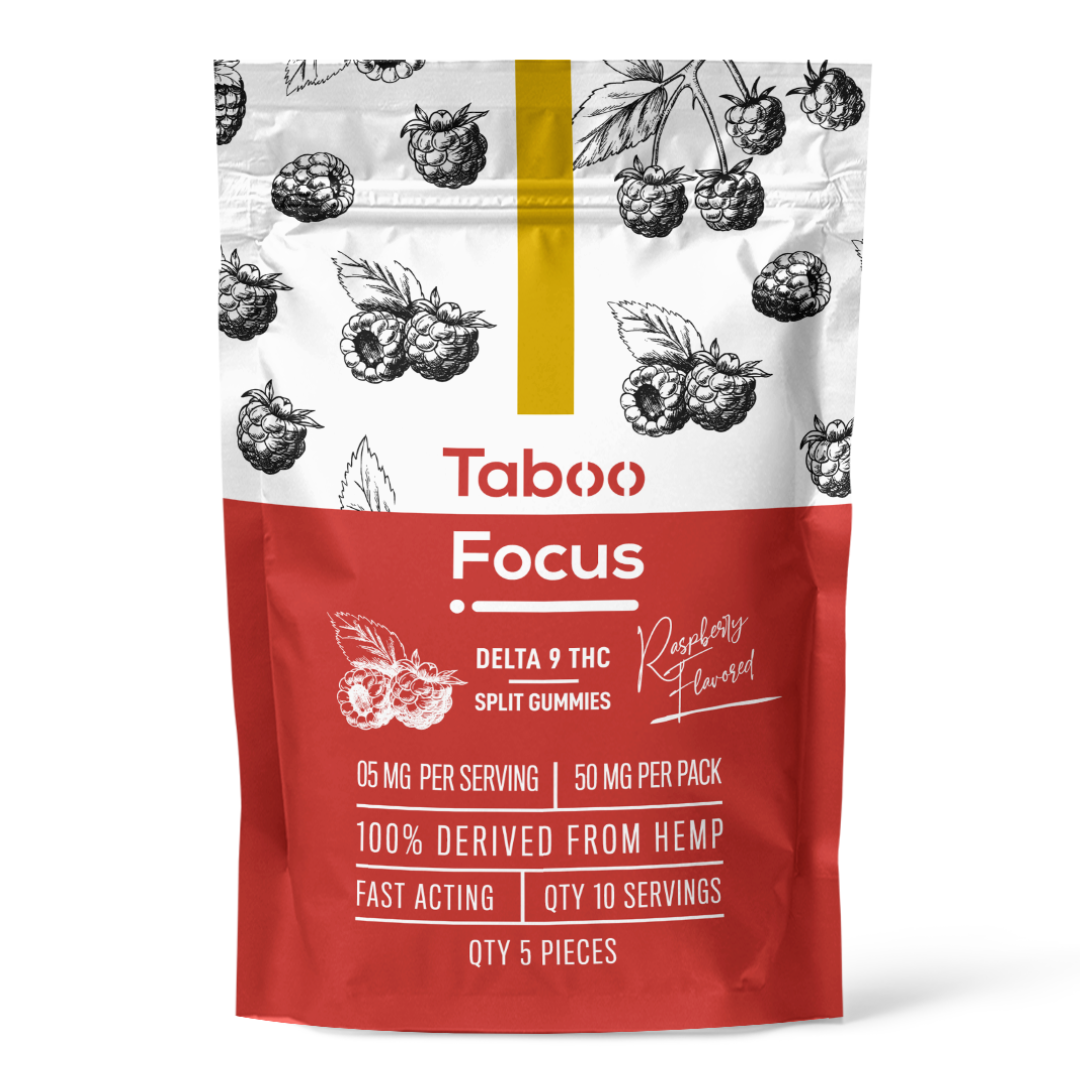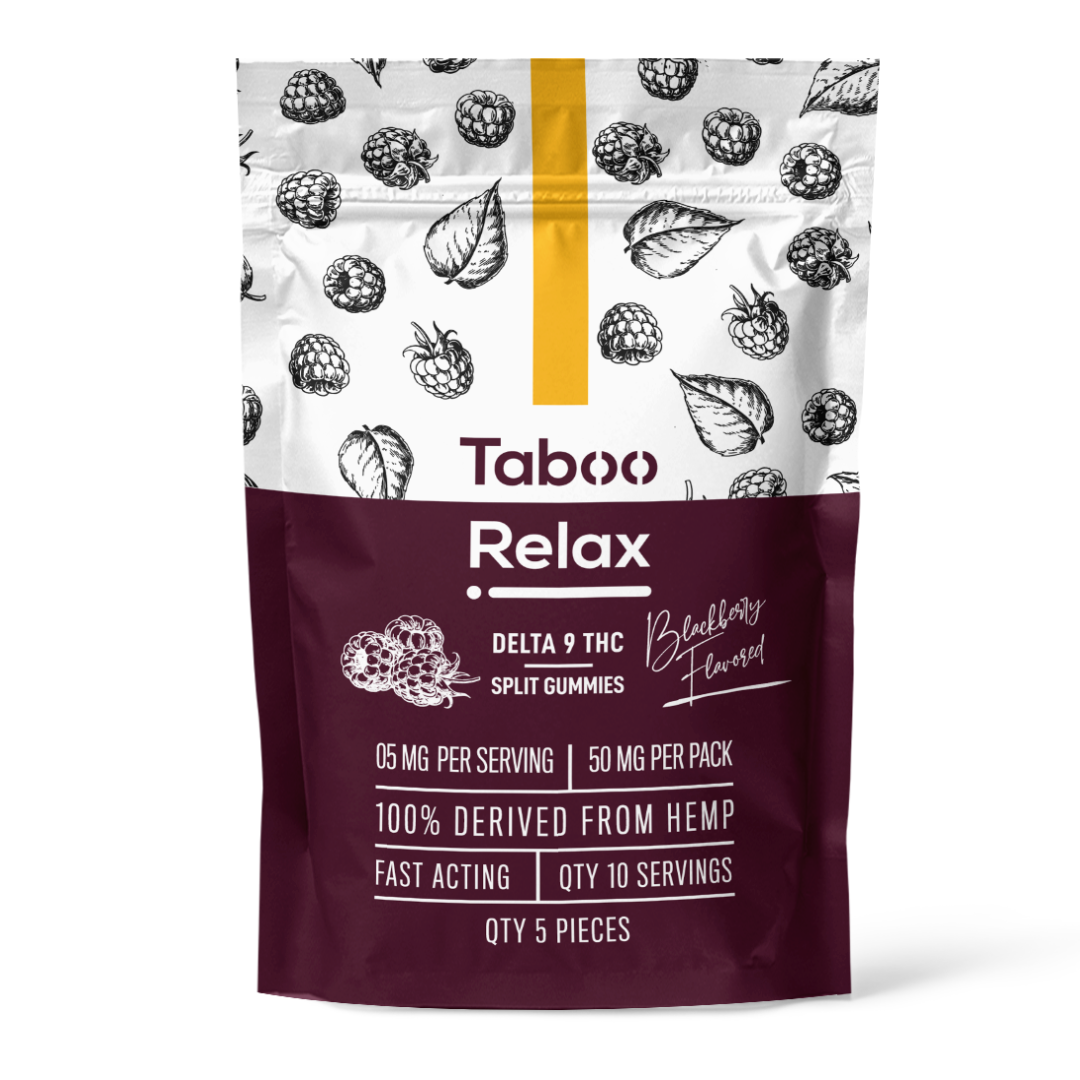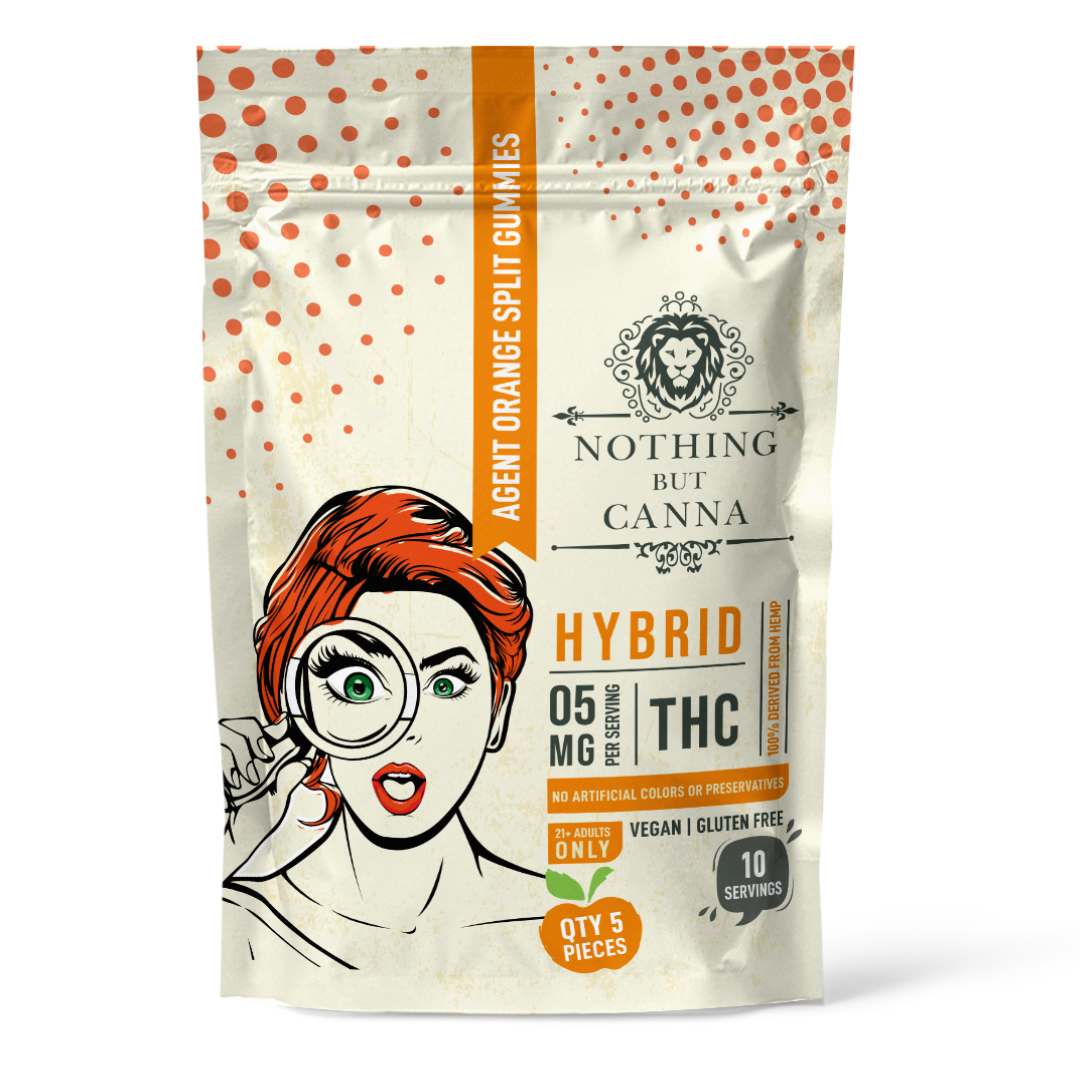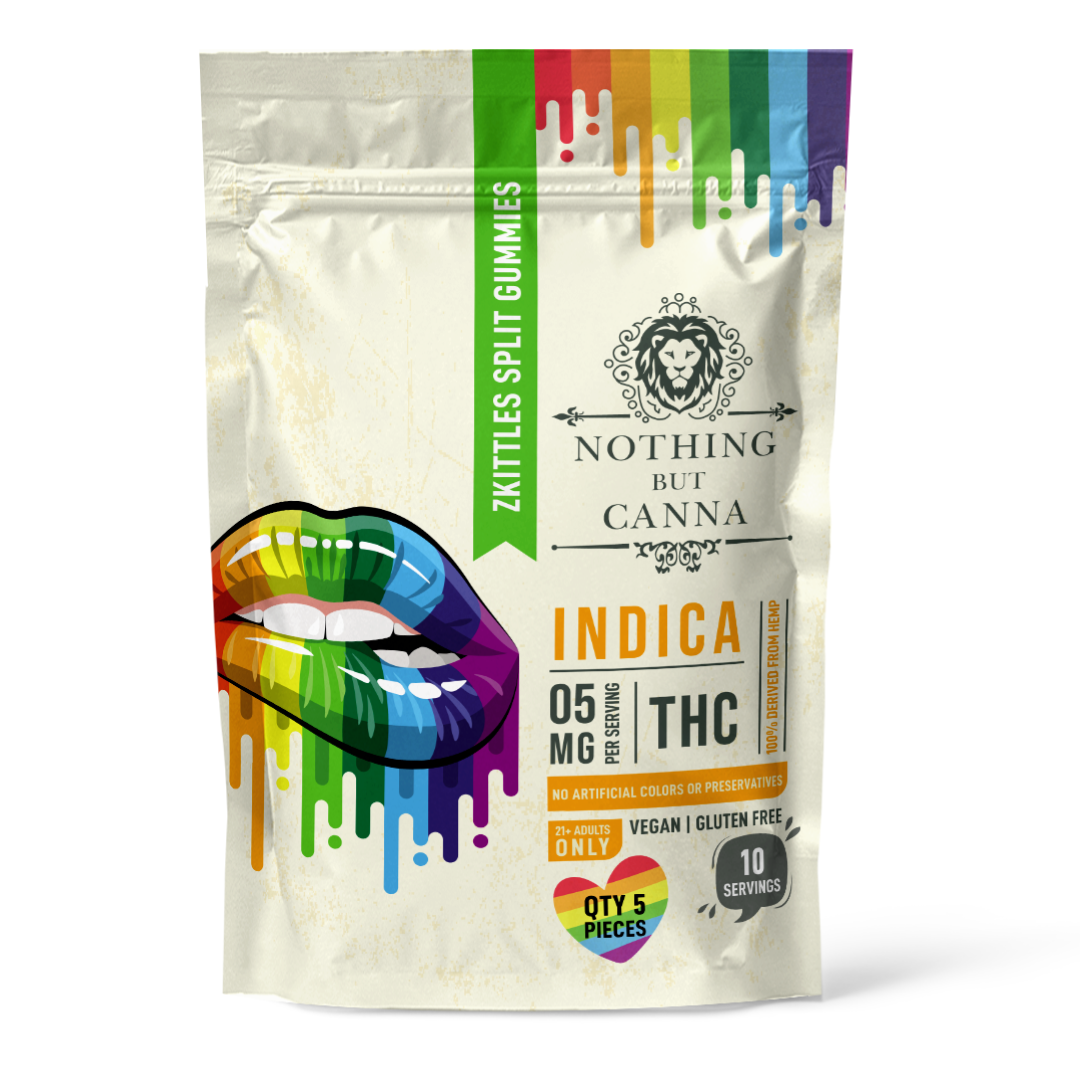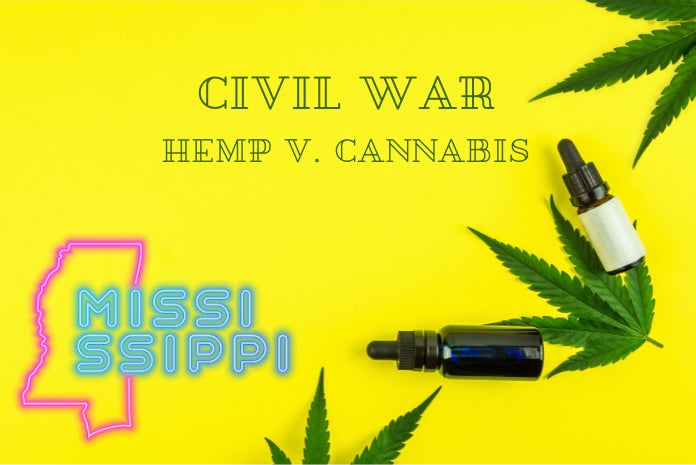A new research study finds that individuals living in states where marijuana is illegal are turning more and more to hemp-derived low-THC products.

One of the best-known and easily understandable principles of economics is the law of supply and demand. It is the guiding mechanism for determining the price of commodities and services in almost all free-market economic systems. Under the law, prices increase if demand goes up while supply stays the same. Conversely, if demand decreases while supply remains the same, prices drop.
However, another lesser-known principle of economics, particularly at the micro level, states that if consumers demand a product or service that is either unavailable or illegal (Ex, alcohol during Prohibition), they will either seek out that item or service through an illicit market or they will try and find a replacement.
Such is the scenario currently confronting millions of Americans concerning cannabis. This past summer, Minnesota became the 23rd state to legalize adult-use marijuana consumption and sale. Likewise, on Election Day this year, citizens of Ohio voted to make their state the 24th one to legalize recreational cannabis for adults over 21.
While those accomplishments are outstanding, there are 26 states where marijuana is still illegal for recreational use. And even though 40 states have some form of medicinal cannabis programs, many are highly restrictive, meaning that individuals seeking relief from chronic pain, PTSD, anxiety, and a myriad of other ailments must either go through the increasingly dangerous and unpredictable black market or, as is the case since the passage of the 2018 Farm Bill, they are turning more and more to Intoxicating Hemp Derivatives (IHDs) to fill the void.
As first reported by Marijuana Moment, a new federally funded study published by the American Medical Association (AMA) found that people living in states where cannabis is illegal are significantly more likely to purchase and use items containing IHDs like delta-8 THC. The findings seem to indicate that marijuana prohibition may be “unintentionally” promoting the usage of the controversial hemp cannabinoids.
The research letter, published in the JAMA Network Open journal on Wednesday, contains the first-ever set of scientific data on use trends for emerging cannabinoids such as CBG, CBN, and delta-8 THC and updated statistics on CBD product consumption.
Researchers from the University of Buffalo, the University of Michigan, and the Legacy Research Institute interviewed 1,169 adults between June 22 and 26. Their analysis revealed that CBD usage has increased by 50% since 2019, with more than one in five Americans (21%) indicating their use of the non-intoxicating cannabinoid over the past year.
They found that 25% of respondents said they used an “emerging” cannabinoid in the past year as well, with 12% of them consuming items containing delta-8 THC, 5.2% using CBG, and 4.4% consuming CBN. Overall, the study discovered that among individuals using cannabis over the past year, those residing in states where marijuana is illegal were more than twice as likely to have consumed products with delta-8 THC.
“Higher delta-8-THC use in states without medical or adult-use cannabis laws suggests that cannabis prohibition may unintentionally promote delta-8-THC use,” the study says.
"Higher delta-8-THC use in states without medical or adult-use cannabis laws suggests that cannabis prohibition may unintentionally promote delta-8-THC use.”
- Emerging Cannabinoid Usage Study by the American Medical Association
The study’s findings only serve to reinforce the much broader trend, identified by numerous studies in recent years, that providing consumers with legal access to a regulated cannabis market greatly deters them from seeking out unregulated or weakly regulated THC products like IHDs.
“Based on these results, we support ongoing public health surveillance efforts targeting emerging cannabinoids because of (the) lack of industry standards to protect consumers and similar pharmacology or effects of delta-9-THC and its hemp-derived impairing analogs (e.g., delta-8-THC), which may be of particular concern for adolescents and young adults. Our results highlight the importance of future research to better understand perceptions of safety, motivations for use, and outcomes of use of these products,” the study concludes.
"Based on these results, we support ongoing public health surveillance efforts targeting emerging cannabinoids because of (the) lack of industry standards to protect consumers and similar pharmacology or effects of delta-9-THC and its hemp-derived impairing analogs (e.g., delta-8-THC), which may be of particular concern for adolescents and young adults. Our results highlight the importance of future research to better understand perceptions of safety, motivations for use, and outcomes of use of these products.”
- Emerging Cannabinoid Usage Study by the American Medical Association
While researchers, regulators, and lawmakers may be scrambling to figure out exactly how to address the emergence of IHDs in the wake of hemp re-legalization under the 2018 Farm Bill, the answer may be much more straightforward and satisfactory to both consumers and hemp and cannabis operators alike. Instead of trying to constantly push against the growing tide of demand for IHDs, both sides of this intensifying conflict should choose cooperation over confrontation.
Laws, indeed, are made to be broken, just not those guiding the forces underpinning free market economics. If consumers want a product or service badly enough, they will find a way to satisfy that demand legally or illegally. Instead of focusing solely on the perceived lack of regulation within the hemp industry, industry advocates and stakeholders on both sides of the conflict must set aside differences and prejudices to see the big picture.
Hemp and cannabis are one plant. Together, they are exponentially more powerful and formidable than they will ever be as combatants. Once they realize that their commonalities far outweigh their differences, the “highs” they achieve will be limitless.










